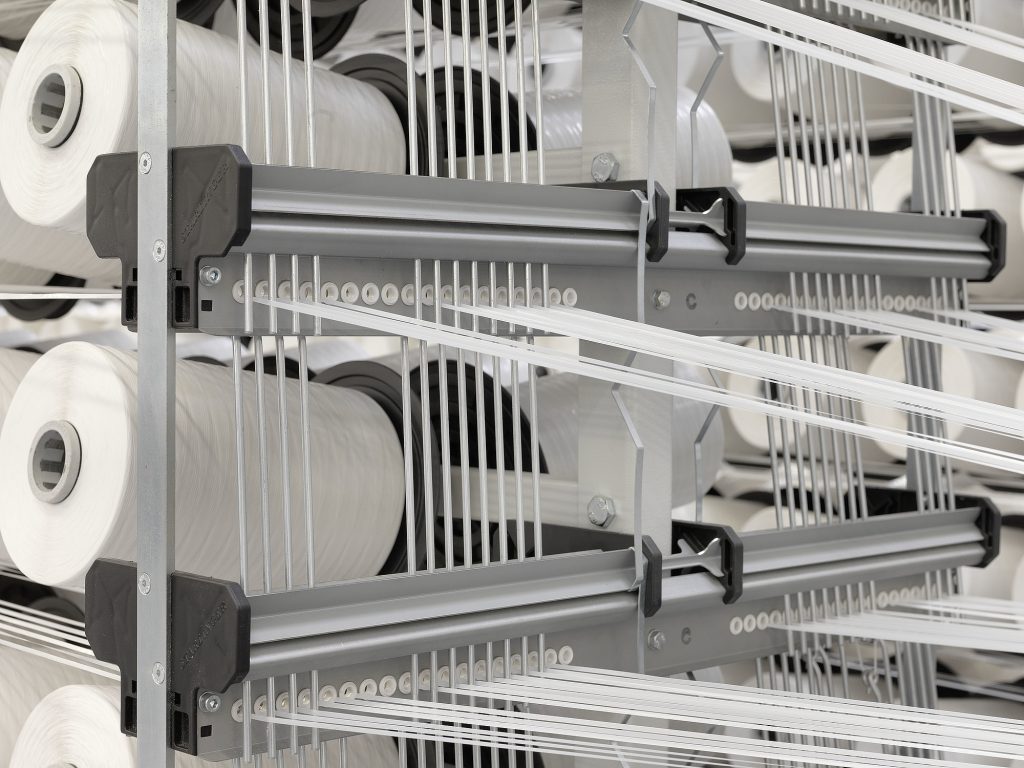
“Why are moisture-proof woven bags critical for modern food supply chains?”
Ray, CEO of VidePak, leans forward during a recent industry panel discussion. “The answer lies in three pillars: preventing contamination, extending shelf life, and reducing waste. At VidePak, we’ve engineered our woven bags to address these challenges while aligning with global sustainability goals.”
This bold statement underscores the transformative role of moisture-proof woven packaging in safeguarding food safety. With 30% of global food loss attributed to inadequate storage and transportation, innovations in this sector are no longer optional—they’re imperative.
1. Market Demand and the Role of Moisture-Proof Packaging
The global food packaging market is projected to reach $606 billion by 2027, driven by stricter safety regulations and consumer demand for longer-lasting products. Moisture-proof woven bags, particularly those made from polypropylene (PP), have emerged as a cost-effective and eco-friendly solution.
Key Drivers:
- Regulatory Compliance: The 2024 EU Packaging and Packaging Waste Regulation mandates reduced permeability in food packaging, pushing manufacturers to adopt advanced laminates and coatings.
- Consumer Trends: A 2025 survey by Food Safety Magazine found that 68% of buyers prioritize “visible protective features” like moisture barriers when purchasing bulk foods.
- Supply Chain Efficiency: VidePak’s clients report a 15–20% reduction in spoilage rates after switching to their multi-layer laminated bags, which combine PP woven fabric with aluminum foil or polyethylene (PE) coatings.
2. Technological Innovations: Tailoring Designs for Diverse Applications
VidePak’s R&D team, leveraging 30+ years of expertise, has developed specialized woven bag architectures to meet sector-specific needs:
2.1 Breathable Designs for Agricultural Products
Grains and fresh produce require controlled airflow to dissipate heat and humidity. VidePak’s micro-perforated PP bags integrate laser-cut vents (0.5–2 mm diameter) that reduce internal condensation by 40% compared to standard designs. For example, rice exporters in Southeast Asia using these bags saw mold growth drop from 12% to 3% during monsoon seasons.
Technical Specifications:
| Feature | Specification |
|---|---|
| Material | PP woven + PE laminate |
| Ventilation Density | 10–15 vents per m² |
| Moisture Resistance | ≤5g/m²/24h (ASTM E96) |
2.2 Barrier Designs for Processed Foods
To block oxygen, odors, and moisture, VidePak employs co-extrusion lamination using Starlinger machines. A 120µm BOPP/AL/PE structure achieves an oxygen transmission rate (OTR) of <15 cm³/m²/day, critical for preserving coffee and spices.
Case Study: A European snack manufacturer reduced rancidity complaints by 90% after adopting VidePak’s aluminum foil-lined bags, which block UV light and maintain a 0.5% humidity level during transit.
2.3 Anti-Static and Antimicrobial Solutions
- Anti-Static Bags: By embedding carbon nanotubes (0.5% wt) into PP fibers, VidePak’s bags dissipate static charges (<10⁶ Ω surface resistance), ideal for packaging flammable powders like flour or electronic components.
- Antimicrobial Coatings: Silver-ion treated liners inhibit bacterial growth by 99.7% (tested against E. coli and Salmonella), meeting FDA guidelines for direct food contact.
3. Sustainability: Beyond Recyclability
VidePak’s EcoGuard line exemplifies circular economy principles:
- Material Efficiency: Ultra-thin 80gsm PP fabric (vs. industry-standard 90gsm) reduces raw material use by 11% without compromising tensile strength (≥60 N/cm²).
- Recycling Infrastructure: Partnering with TerraCycle, the company ensures 98% of post-consumer bags are reprocessed into pelletized PP for reuse.
- Carbon Footprint: Solar-powered facilities in Vietnam and Mexico cut Scope 2 emissions by 35%, aligning with Science-Based Targets initiative (SBTi) benchmarks.
4. VidePak’s Competitive Edge
With 526 employees and a $80M annual turnover, VidePak combines scale with agility:
- Production Capacity: 100+ circular looms produce 12 million bags monthly, supporting custom orders (e.g., 5-layer laminated bags for pharmaceutical clients).
- Certifications: FSSC 22000, ISO 14064, and USDA Organic certifications validate compliance with global food safety and sustainability standards.
- Customization: Digital printing on Starlinger machines enables 8-color branding with Pantone-matched accuracy, a unique selling point for retail-ready packaging.
FAQs: Addressing Key Client Concerns
Q: How do moisture-proof bags compare to traditional jute or cotton sacks?
A: PP woven bags offer 5x higher tear resistance (≥18 kgf) and 50% lighter weight, reducing shipping costs. Their non-porous structure also eliminates pest infiltration risks.
Q: Can these bags withstand freezing temperatures?
A: Yes. VidePak’s cold-chain bags use ethylene-vinyl alcohol (EVOH) barriers, maintaining flexibility at -30°C and preventing condensation during thawing.
Q: What is the lead time for custom designs?
A: 12–15 days for batches up to 500,000 units, supported by 30+ lamination machines and in-house design teams.
5. Future Outlook: Smart Packaging and Beyond
Emerging trends like IoT-enabled moisture sensors (embedded in bag liners) and biodegradable PP blends (30% PLA composite) are under development. VidePak’s collaboration with MIT’s Packaging Lab aims to launch a QR-code traceability system by Q3 2026, allowing consumers to scan bags for real-time humidity and temperature logs.
Conclusion
The fusion of moisture-proof technology, sustainable practices, and customizable designs positions VidePak as a leader in food-safe packaging. As Ray notes, “Our bags aren’t just containers—they’re guardians of global food integrity.” For businesses seeking compliant, scalable solutions, innovations like breathable grain bags and antimicrobial liners offer a roadmap to safer, greener supply chains.
This report synthesizes data from industry whitepapers, client case studies, and VidePak’s internal production metrics. For further details on technical specifications or regulatory alignment, consult our Compliance Guide for Food-Grade Packaging.